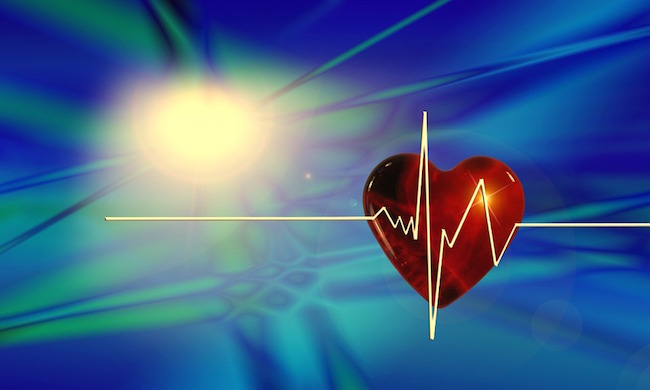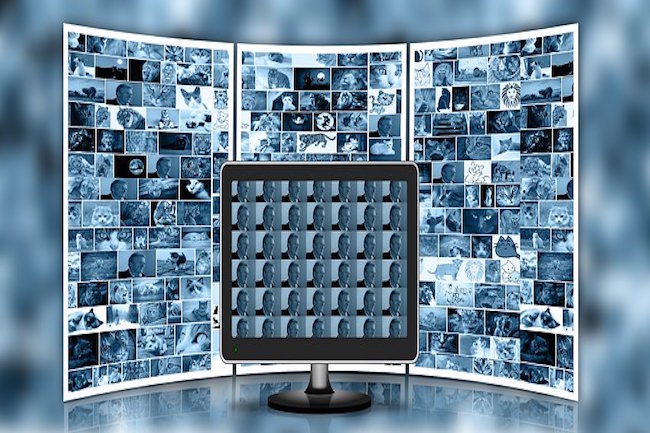THREE-D PRINTING SCRAPBOOK: NOW THEY’VE MADE A HEART by Dr Joseph P Farrell for Giza Death Star
It has been quite a while since we’ve had a story to cover in the world of additive manufacturing, or “3d printing,” but this one, while not making banner headlines and dropping right off the radar, is one of those milestones that raises all sorts of questions. The story was spotted and passed along by V.T., to whom a big thank you for spotting it, otherwise, this important development might have gone unnoticed. It’s the sort of thing one would expect the lamestream corporate media would at least mention, but no.
Indeed, the last time we spent some time in a blog on additive manufacturing, we noted the process was being used to print “meat”, giving a whole new meaning to that phrase “mystery meat” we used to all use in our school cafeterias on the days we have “chicken fried steak”, which little resembles chicken, or steak, or anything else recognizable. With three-d printing, the phrase has taken on a whole new meaning.
But now, researchers in Israel have managed to 3d print a human heart, a more or less functioning one:
Tel Aviv University Researchers Have Successfully 3D Printed A Human Heart
One of the more recent and astonishing medical discoveries is an engineered heart that completely matches the immunological, cellular, biochemical and anatomical properties of a patient. This is a major medical breakthrough, and it comes from researchers at Tel Aviv University.
They were able to “print” the world’s first 3D vascularized engineered heart using the patients own cells and biological materials. Their findings were published a couple of weeks ago in Advanced Science.
Never before has a full organ been printed with complete success and been able to be put to use. In regenerative medicine, scientists have only been successful in printing simple tissues without blood vessels.
“This is the first time anyone anywhere has successfully engineered and printed an entire heart replete with cells, blood vessels, ventricles and chambers,” says Prof. Tal Dvir of TAU’s School of Molecular Cell Biology and Biotechnology, Department of Materials Science and Engineering, Center for Nanoscience and Nanotechnology and Sagol Center for Regenerative Biotechnology, who led the research for the study. (source)
This has tremendous potential, and just imagine if this type of technology was made available to everybody with heart disease! It’s the leading cause of death among both men and women in the United States, and heart transplantation is one of the only solutions available. This type of technology could literally provide a new heart without the risks and difficulties associated with a full heart transplant.
I have to confess that this development does give me some joy, and for several reasons, not the least of which are mentioned in the citation above, for the development has the promise of revolutionizing the procedures of medical transplants, for no longer would one run the risks of organ rejection that occur in current practice. And, I have to confess, the other part of my happiness is the contemplation of the happy thought that this might end the barbaric practice of organ harvesting and trafficking.




